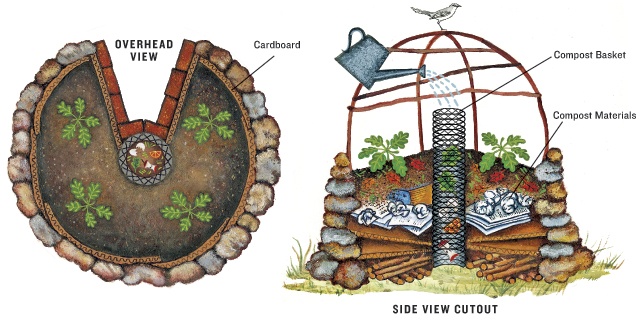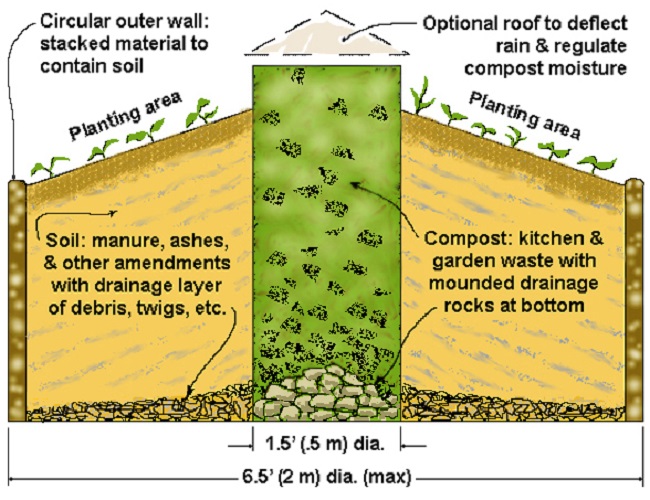Different foods require radically different amounts of water. To grow a kilogram of wheat requires around 1,000 litres. But it takes as much as 15,000 litres of water to produce a kilo of beef. The meaty diet of Americans and Europeans requires around 5,000 litres of water a day to produce. The vegetarian diets of Africa and Asia use about 2,000 litres a day (for comparison, Westerners use just 100-250 litres a day in drinking and washing).
So the shift from vegetarian diets to meaty ones—which contributed to the food-price rise of 2007-08—has big implications for water, too. In 1985 Chinese people ate, on average, 20kg of meat; this year, they will eat around 50kg. This difference translates into 390km3 (1km3 is 1 trillion litres) of water—almost as much as total water use in Europe.
The shift of diet will be impossible to reverse since it is a product of rising wealth and urbanisation. In general, “water intensity” in food increases fastest as people begin to climb out of poverty, because that is when they start eating more meat. So if living standards in the poorest countries start to rise again, water use is likely to soar. Moreover, almost all the 2 billion people who will be added to the world’s population between now and 2030 are going to be third-world city dwellers—and city people use more water than rural folk.
The environmental impact of meat production varies because of the wide variety of agricultural practices employed around the world. All agriculture practices have been found to have a variety of effects on the environment. Some of the environmental effects that have been associated with meat production are pollution through fossil fuel usage, and water and land consumption. Meat is obtained through a variety of methods, including organic farming, free range farming, intensive livestock production, subsistence agriculture, hunting and fishing. As part of the conclusion to one of the largest international assessments of animal agriculture ever undertaken, the Food and Agriculture Organisation of the United Nations said:
The livestock sector is a major stressor on many ecosystems and on the planet as a whole. Globally it is one of the largest sources of greenhouse gasses and one of the leading causal factors in the loss of biodiversity, while in developed and emerging countries it is perhaps the leading source of water pollution.


